
Stroke prevention awareness

Stroke prevention awareness graphic (U.S. Air Force graphic)
WRIGHT PATTERSON AIR FORCE BASE, Ohio — Stroke is the leading cause of serious, long-term adult disability in the United States. The effects of a stroke range from mild to severe and can include paralysis, problems with thinking, difficulty with speaking, and emotional problems.
According to the National Institutes of Health, each year nearly 800,000 Americans experience a new or recurrent stroke. Approximately 610,000 of these are first attacks, and 185,000 are recurrent attacks. Stroke is the fifth leading cause of death in the US, killing nearly 133,000 people a year and accounting for one of every 19 deaths. Nearly three-quarters of all strokes occur in people over the age of 65 and the risk of having stroke more than doubles each decade after the age of 55.
Americans have shown that stroke is preventable and treatable. In recent years, a better understanding of the causes of stroke has helped Americans make lifestyle changes that have cut the stroke death rate nearly in half.
To protect yourself and your loved ones from the serious effects of stroke:
• Learn your risk factors
• Reduce your risk factors
• Learn the warning signs of stroke
• Know what to do if you notice the warning signs
This question and answer guide from NIH explains stroke, stroke causes and symptoms, and how to reduce your risk of a stroke.
What is a stroke?
According to the National Institutes of Health, each year nearly 800,000 Americans experience a new or recurrent stroke. Approximately 610,000 of these are first attacks, and 185,000 are recurrent attacks. Stroke is the fifth leading cause of death in the US, killing nearly 133,000 people a year and accounting for one of every 19 deaths. Nearly three-quarters of all strokes occur in people over the age of 65 and the risk of having stroke more than doubles each decade after the age of 55.
Americans have shown that stroke is preventable and treatable. In recent years, a better understanding of the causes of stroke has helped Americans make lifestyle changes that have cut the stroke death rate nearly in half.
To protect yourself and your loved ones from the serious effects of stroke:
• Learn your risk factors
• Reduce your risk factors
• Learn the warning signs of stroke
• Know what to do if you notice the warning signs
This question and answer guide from NIH explains stroke, stroke causes and symptoms, and how to reduce your risk of a stroke.
What is a stroke?
A stroke occurs when a blood vessel that carries oxygen and nutrients to the brain is either blocked by a clot or bursts. Brain cells in the immediate area begin to die because they stop getting the oxygen and nutrients they need to function.
What causes a stroke?
What causes a stroke?
A blockage of a blood vessel in the brain or neck, called an ischemic stroke, is the most frequent cause of stroke and is responsible for about 80 percent of strokes. When a weakened blood vessel ruptures and spills into brain tissue, it’s called a hemorrhagic stroke. The most common cause for the rupture is uncontrolled hypertension or high blood pressure.
What is a TIA?
What is a TIA?
A transient ischemic attack is considered a “warning stroke.” A TIA is a type of stroke where the stroke symptoms last only a few minutes and generally stop. A TIA is a serious medical event that needs prompt medical attention.
What are the symptoms of a stroke?
What are the symptoms of a stroke?
• Sudden numbness or weakness of the face, arm, or leg, especially on one side of the body
• Sudden confusion, trouble speaking or understanding speech
• Sudden trouble seeing in one or both eyes
• Sudden trouble walking, dizziness, loss of balance or coordination
• Sudden severe headache with no known cause
• Sudden confusion, trouble speaking or understanding speech
• Sudden trouble seeing in one or both eyes
• Sudden trouble walking, dizziness, loss of balance or coordination
• Sudden severe headache with no known cause
What should you do if a stroke occurs?
If you believe you are having a stroke, or someone you know is having a stroke – Call 911 immediately. Making the decision to call for medical help can make the difference in avoiding a lifelong disability.
How can I reduce my risk of stroke?
Some risk factors for stroke you can’t control such as increasing age, gender, family history and race. The best treatment for stroke is prevention. You can reduce your risk of having a stroke by taking action to improve your health. The following risk factors can be managed with lifestyle changes, such as diet, exercise and medications, if needed:
• High blood pressure or hypertension-High blood pressure is the leading cause of stroke and the most significant controllable risk factor. If you have been diagnosed with high blood pressure, work with your healthcare provider to reduce it.
• Smoking- Cigarette smoking is the number one preventable risk factor for stroke. Using oral contraceptives combined with cigarette smoking greatly increases stroke risk.
• Physical inactivity and obesity- Physical inactivity and obesity can increase your risk of stroke, heart disease, high blood pressure, diabetes and high blood cholesterol.
• Eat healthy- Limit foods high in saturated fat, trans fat and cholesterol. Diets high in sodium can increase blood pressure, and diets with high calories can lead to obesity.
• Diabetes-If you have Type 1 or Type 2 diabetes, keep blood sugar controlled. Having diabetes increases one’s risk for stroke.
• Illegal drug use- cocaine and heroin use have been associated with an increased risk of stroke.
Where can I learn more about stroke?
• High blood pressure or hypertension-High blood pressure is the leading cause of stroke and the most significant controllable risk factor. If you have been diagnosed with high blood pressure, work with your healthcare provider to reduce it.
• Smoking- Cigarette smoking is the number one preventable risk factor for stroke. Using oral contraceptives combined with cigarette smoking greatly increases stroke risk.
• Physical inactivity and obesity- Physical inactivity and obesity can increase your risk of stroke, heart disease, high blood pressure, diabetes and high blood cholesterol.
• Eat healthy- Limit foods high in saturated fat, trans fat and cholesterol. Diets high in sodium can increase blood pressure, and diets with high calories can lead to obesity.
• Diabetes-If you have Type 1 or Type 2 diabetes, keep blood sugar controlled. Having diabetes increases one’s risk for stroke.
• Illegal drug use- cocaine and heroin use have been associated with an increased risk of stroke.
Where can I learn more about stroke?
Talk to your doctor about your personal risk factors for having a stroke.
Comprehensive information about stroke prevention and treatment can be found on the National Institute of Neurological Disorders and Stroke website.
Disclaimer: Re-published content may have been edited for length and clarity. Read original post.2019 TRICARE Winter Safety Kit
Infographic
1/22/2019

This infographic provides tips and information about staying safe and warm during a snow storm.
TRICARE Preventive Services
Video
1/14/2019

Watch this video to learn more about all the preventive services your TRICARE benefit covers.
'Fused' technologies give 3D view of prostate during biopsy
Article
1/9/2019
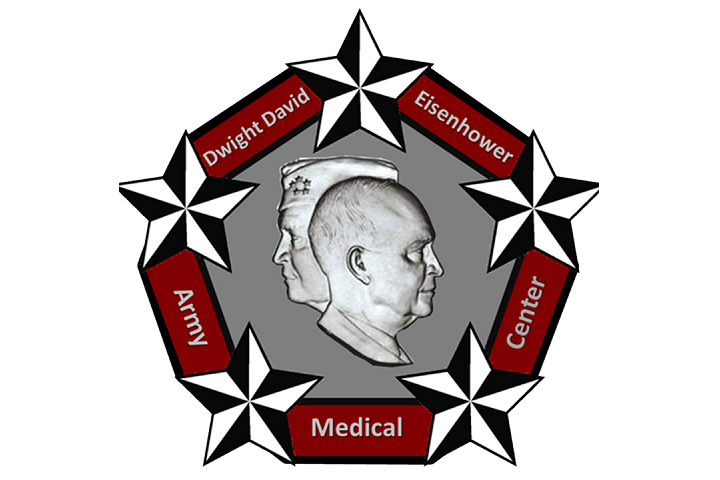
Other than skin cancer, prostate cancer is the most common cancer in American men
Women’s Health: Taking time for yourself
Article
10/16/2018
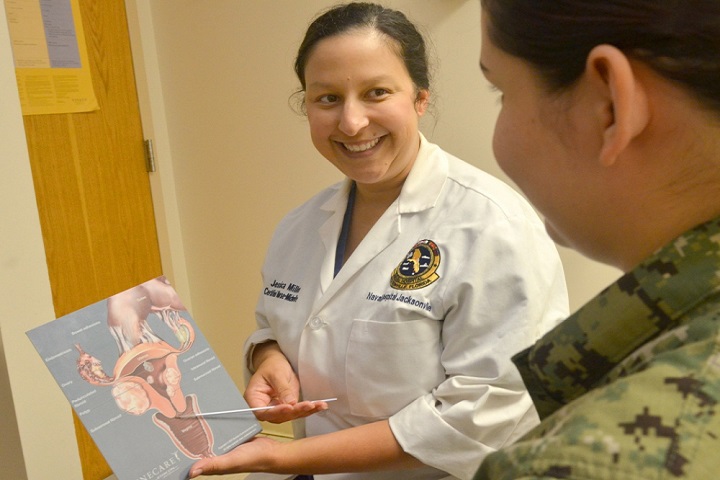
The top two causes of death for women are heart disease and cancer
Mammograms recommended for early detection of breast cancer
Article
10/4/2018
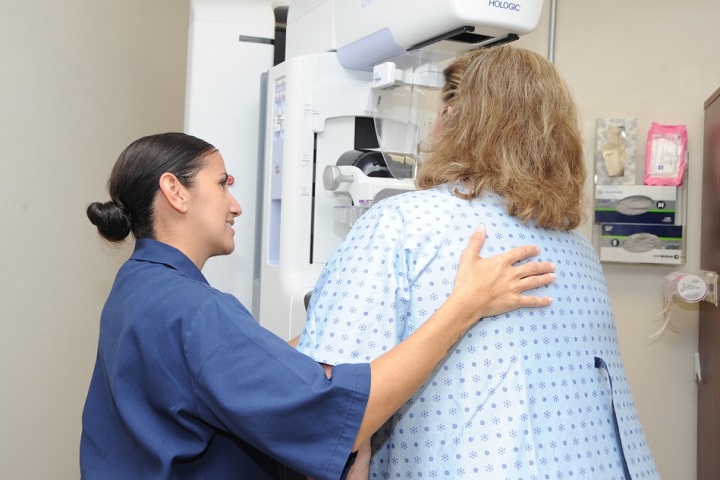
A mammogram is a low-dose x-ray used to detect the early stages of breast cancer
Prostate Cancer Awareness Month: Empowering patients
Article
9/28/2018

For September’s Prostate Cancer Awareness Month, the Military Health System is encouraging men to learn more about the disease
Swimming for good health: Just go with the flow
Article
9/6/2018

Aquatic exercise is a low-impact alternative to running
Reduce your risk of running and sports injuries
Article
8/20/2018
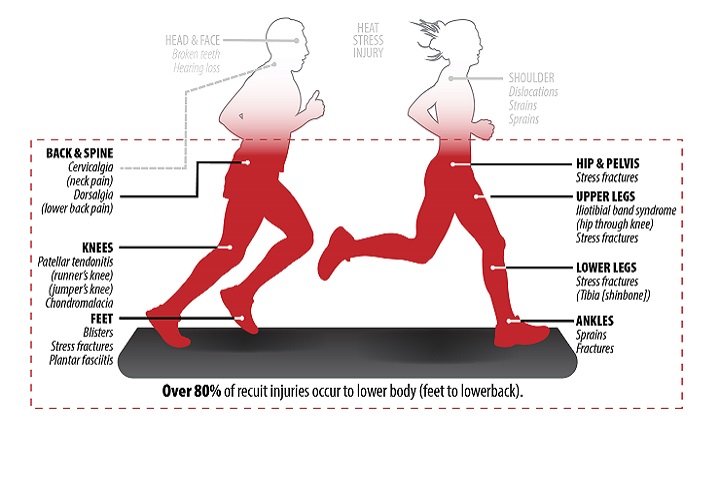
Running is the number one cause of Soldier injuries
Battlespace acoustics branch protects hearing, human performance
Article
8/17/2018

We look at how noise is being generated, how it propagates, and what that means for Airmen in the field
Getting off tobacco road leads to renewed relief
Article
8/10/2018

One service member’s struggle to become smoke-free
Three ways to protect your health through preventive care
Article
8/9/2018

Preventive services include vaccines, exams, and screenings
Environmental health works behind the scenes to keep Soldiers ready
Article
7/9/2018

On the team are a mix of military and civilian employees who conduct inspections, food safety training, water sampling and entomology services
Sports drinks: What are you really putting in your body?
Article
6/27/2018

In general, sports drinks are typically a calculated blend of carbohydrates, electrolytes and water
Five tips to improve men's health
Article
6/12/2018

Taking preventive steps and making changes to your lifestyle can improve your health
Breaking down anxiety one fear at a time
Article
6/5/2018
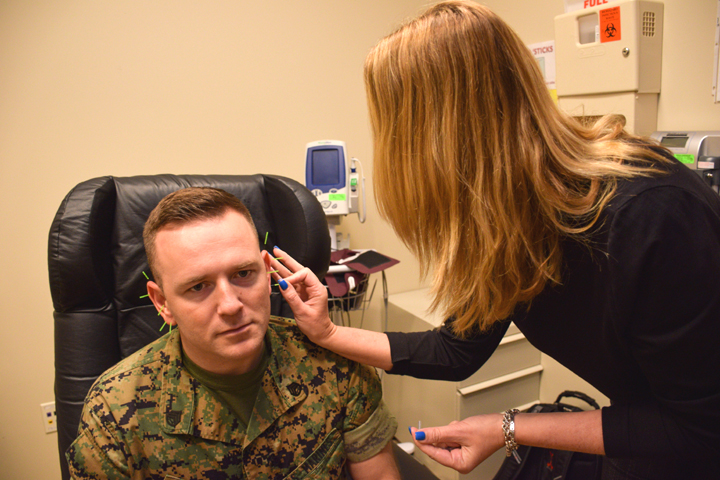
Generalized anxiety, panic disorder, and anxiety related to PTSD are common disorders. In fact, an estimated 31 percent of U.S. adults experience anxiety at some point in their lives; one marine discusses his journey.






















.png)











No hay comentarios:
Publicar un comentario